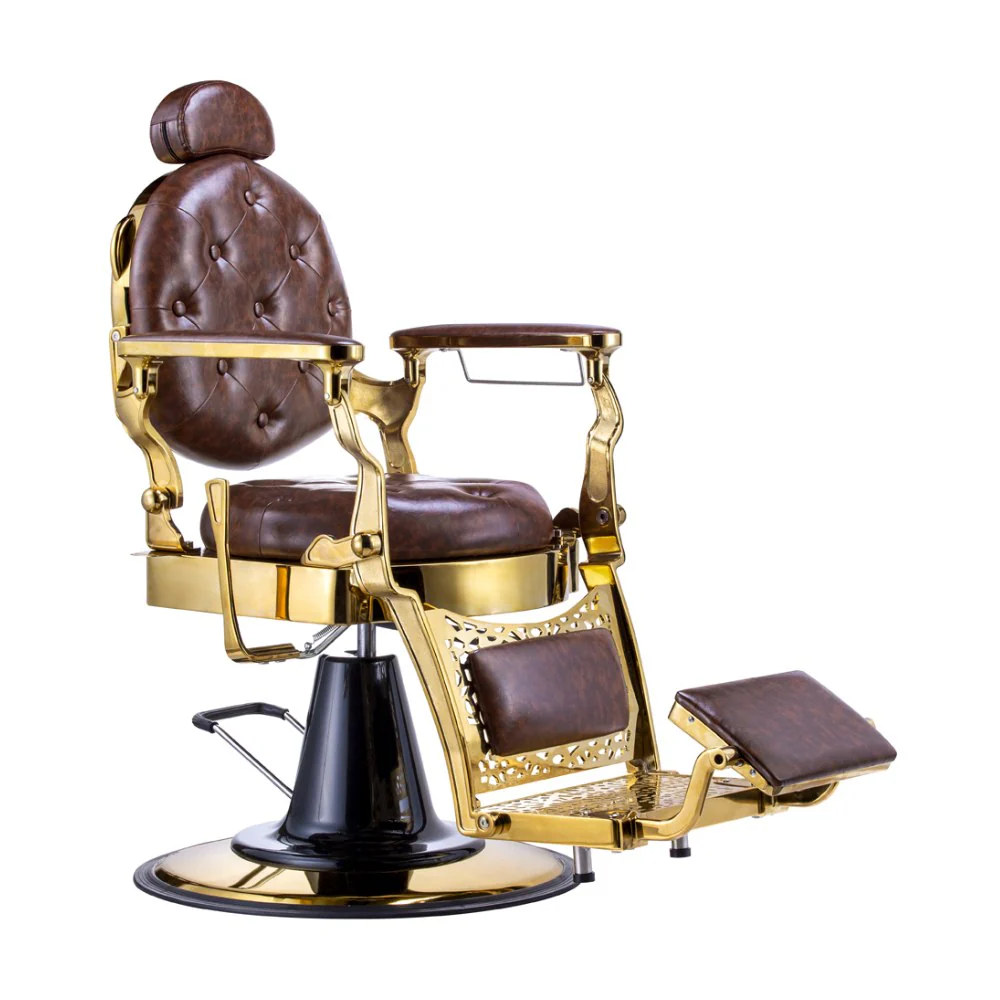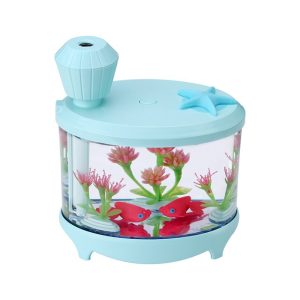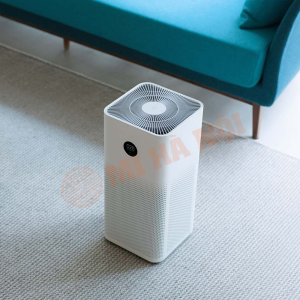Barber chairs have played a pivotal role in revolutionizing the art of grooming over the decades. From their inception in the 19th century to the technologically advanced models of today, these chairs have not only been a cornerstone in barbershops but have also transformed the grooming experience for both barbers and clients. The evolution of barber chairs is a testament to the changing demands and innovations within the grooming industry. In the late 1800s, barber chairs were simple, static pieces of furniture, designed merely to provide a place for customers to sit. These early chairs were often wooden with minimal padding, offering little in terms of comfort or functionality. As barbershops grew in popularity and became social hubs for men, there was a growing need for more sophisticated and comfortable seating. This led to the development of chairs with adjustable height and reclining capabilities. The introduction of the hydraulic lift in the early 20th century, patented by Ernest Koken, was a significant breakthrough. This invention allowed barbers to easily adjust the height of the chair using a foot pump, providing better ergonomics for barbers and more comfort for clients.

The mid-20th century saw further advancements in Barber Chair design, with increased attention to aesthetics and functionality. Chairs were now being made with high-quality materials such as leather and chrome, reflecting a more modern and luxurious feel. The incorporation of features such as headrests, footrests, and armrests enhanced the overall comfort and experience. These changes not only made the grooming process more efficient but also elevated the status of barbershops, making them places of relaxation and indulgence. As the decades progressed, the design and functionality of barber chairs continued to evolve in response to the changing landscape of grooming and style. The rise of multicultural influences in fashion and grooming practices demanded more versatile and adaptable equipment. Modern barber chairs are now equipped with advanced features such as adjustable reclining angles, memory foam cushioning, and even built-in massage functions. These innovations have made it possible for barbers to provide a wider range of services, from traditional haircuts and shaves to complex styling and grooming treatments.
Moreover, the digital age has introduced smart technology into barber chairs, further revolutionizing the grooming industry. Some high-end models now come with integrated digital controls, allowing for precise adjustments and enhanced customer experiences. Features like built-in speakers, USB charging ports, and even integrated screens for entertainment during grooming sessions are becoming increasingly popular. These technological advancements cater to the modern consumer’s desire for convenience and luxury, setting a new standard for barbershops worldwide. The evolution of barber chairs is not just about comfort and technology; it also reflects broader social and cultural changes. The resurgence of traditional barbershops in recent years, often with a nostalgic nod to vintage designs, highlights a renewed appreciation for craftsmanship and personal service. Barber chairs have become symbols of this renaissance, blending classic style with modern functionality to create unique and inviting spaces.




